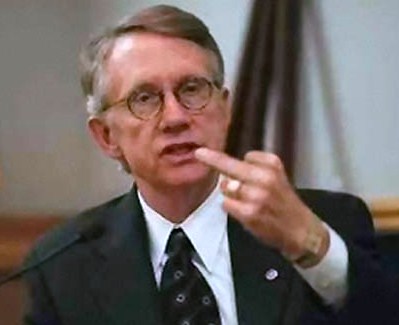in Pinellas, where 55 percent of voters surveyed said they would back the referendum, 36 percent said they would oppose it, and 9 percent were unsure.
In Hillsborough, where voters defeated a similar referendum in 2010, 51 percent of respondents said they would support raising the sales tax to pay for buses and rail, and 44 percent opposed the idea. Five percent were unsure.
The survey's margin of error was 5.7 percentage points in Pinellas and 5.4 points in Hillsborough
The Times refers back to a previous poll they did in December 2012, prior to the taxpayer funded Greenlight Pinellas marketing campaign when they asked:
"Would you be supportive of spending public or tax money to bring light rail mass transit to parts of the Tampa Bay area?"At least in 2012 the Times honestly used the term "light rail" which is what the Greenlight Pinellas plan proposes. The poll results in 2012:
In Hillsborough, 56 percent of those surveyed said "yes." In Pinellas, 60 percent responded affirmatively.
After PSTA's Greenlight Pinellas marketing campaign spent $750,000 of taxpayer dollars this year campaigning for $100 million a year in higher taxes for a light rail boondoggle, what's the result? Fewer voters support raising their taxes 14% for a train few will ride. The relative percentage change between the two polls reflect that support for higher taxes to fund light rail DROPPED 8.3% in Pinellas and 8.9% in Hillsborough in one year.
 |
| Vote NO on Greenlight Pinellas light rail boondoggle |
Reporting further on the recent poll, the Times apparently considers the 8% drop in support as "slight" and admits:
The slight drop in support comes as Pinellas winds down a taxpayer-financed campaign (emphasis mine) called Greenlight Pinellas to educate the public about its transit proposal.Finally someone publicly admits that Greenlight Pinellas is a taxpayer financed campaign. Greenlight Pinellas is ethically challenged and violates, at a minimum, the intent of our electioneering laws which prohibits taxpayer funded entities from using tax dollars to advocate against taxpayers, e.g. campaigning for higher taxes.
What is obviously missing from this Times article is the internals of the poll related to who actually was polled. The only information provided is they polled registered voters vs likely voters and a couple of age groups, 18-54 or 55 and older. What was the breakdown of these 625 registered voters - how many were from Pinellas and how many were from Hillsborough? What is the political party affiliation, how many were Democrats, Republicans, Independents, etc.? What was the age and gender demographics? Where did they reside, was this a cross-section of voters across the entire counties? What were the actual poll questions? Inquiring voters and taxpayers want to know.
Only in the journalistic alternative universe at the Times is a poll reflecting an 8% DROP in support for light rail, after a $750,000 taxpayer funded marketing campaign, considered "strong support". This circular logic appeared in the coordinated Times editorial appearing on the same day as the poll results:
Supporters of Pinellas County's November transit referendum should be encouraged by a new poll that shows strong support for funding expanded bus service and a new rail system as part of a modern transportation system.
The results show a promising base of support for Greenlight Pinellas supporters to build on in the coming year, and they reflect the impact of a public information campaign that got an early start in presenting the transit package in clear and practical terms.
This poll at least shows that supporters will be speaking to a receptive audience (emphasis mine).
A better use of PSTA's taxpayer $750,000 could have been spent on improving their bus service almost immediately; rather than a failed advertising campaign for a rail that won't materialize for at least 10 years, if ever at all.
Happy New Year!












